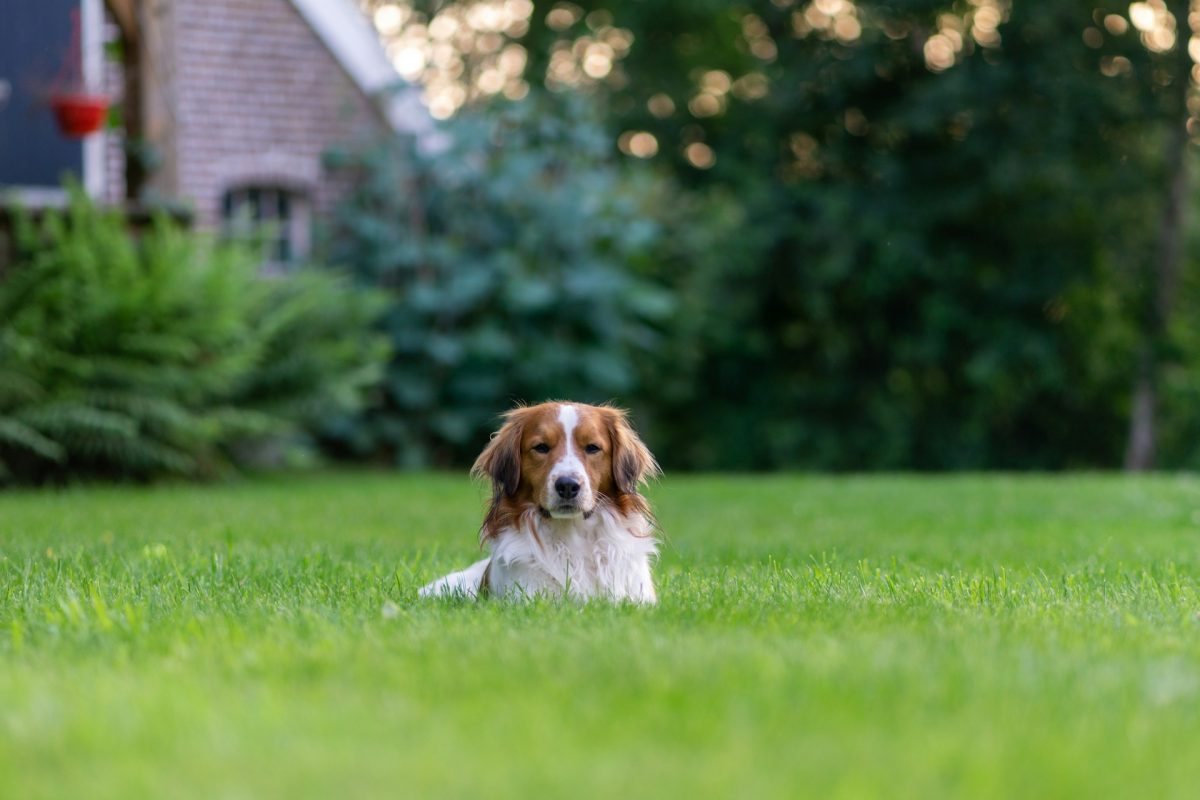Training a senior dog can be a rewarding experience for both you and your furry companion. Older dogs often bring a sense of calm and wisdom to the training process, but they may also face unique challenges due to their age. Here are seven tips to help you successfully train your senior dog, ensuring their golden years are not just comfortable but also stimulating and fulfilling.
1. Understand Your Dog’s Physical Limitations
As dogs age, their physical abilities and sensory acuity often decline. Before starting any training regimen, it’s crucial to have a clear understanding of your senior dog’s health. A visit to the vet can provide insight into any hearing, vision, or joint issues your dog might be experiencing. Tailoring training sessions to accommodate these limitations will help prevent frustration on both sides and ensure a positive learning experience.
2. Keep Training Sessions Short and Sweet
Senior dogs may have shorter attention spans and lower energy levels compared to their younger counterparts. It’s important to keep training sessions brief—about 5 to 10 minutes—to maintain their interest and prevent fatigue. Short, frequent training sessions are more effective and enjoyable for your senior dog.
3. Use Positive Reinforcement
Positive reinforcement is a powerful tool in dog training, regardless of age. For senior dogs, it’s especially important to use rewards like treats, praise, or toys to encourage desired behavior. This method builds a strong bond between you and your dog and promotes a love of learning. Be mindful of your dog’s dietary restrictions and choose healthy treats to avoid weight gain.
4. Be Patient and Consistent
Patience is key when training a senior dog. They may take longer to learn new commands or tricks, or they may struggle to unlearn behaviors that have been reinforced over many years. Consistency in your commands, rewards, and training sessions will help your dog understand what is expected of them, making the training process smoother for both of you.
5. Adapt to Your Dog’s Learning Style
Every dog has a unique learning style, and this doesn’t change with age. Some dogs may respond better to visual cues, while others prefer verbal commands or physical guidance. Pay attention to how your dog learns best and adapt your training methods accordingly. This personalized approach can greatly enhance the effectiveness of your training sessions.
6. Incorporate Mental Stimulation
Mental stimulation is just as important as physical exercise for keeping a senior dog healthy and happy. Training can play a significant role in this, providing cognitive challenges that keep their mind sharp. Introducing new tricks, puzzles, or simple problem-solving games can enrich your dog’s daily routine and stave off mental decline.
7. Focus on Quality of Life
Ultimately, the goal of training a senior dog should be to improve their quality of life. Whether it’s teaching them to navigate the house more safely, improving their response to basic commands for easier care, or just learning fun tricks for mental stimulation, each aspect of training should contribute to their happiness and well-being. Recognize and celebrate the small victories, and always approach training with love and compassion.
Training a senior dog may require a different approach than training a younger dog, but the principles of patience, positivity, and understanding remain the same. By adapting to your dog’s needs and focusing on their capabilities, you can provide them with a fulfilling training experience that enhances their golden years.



